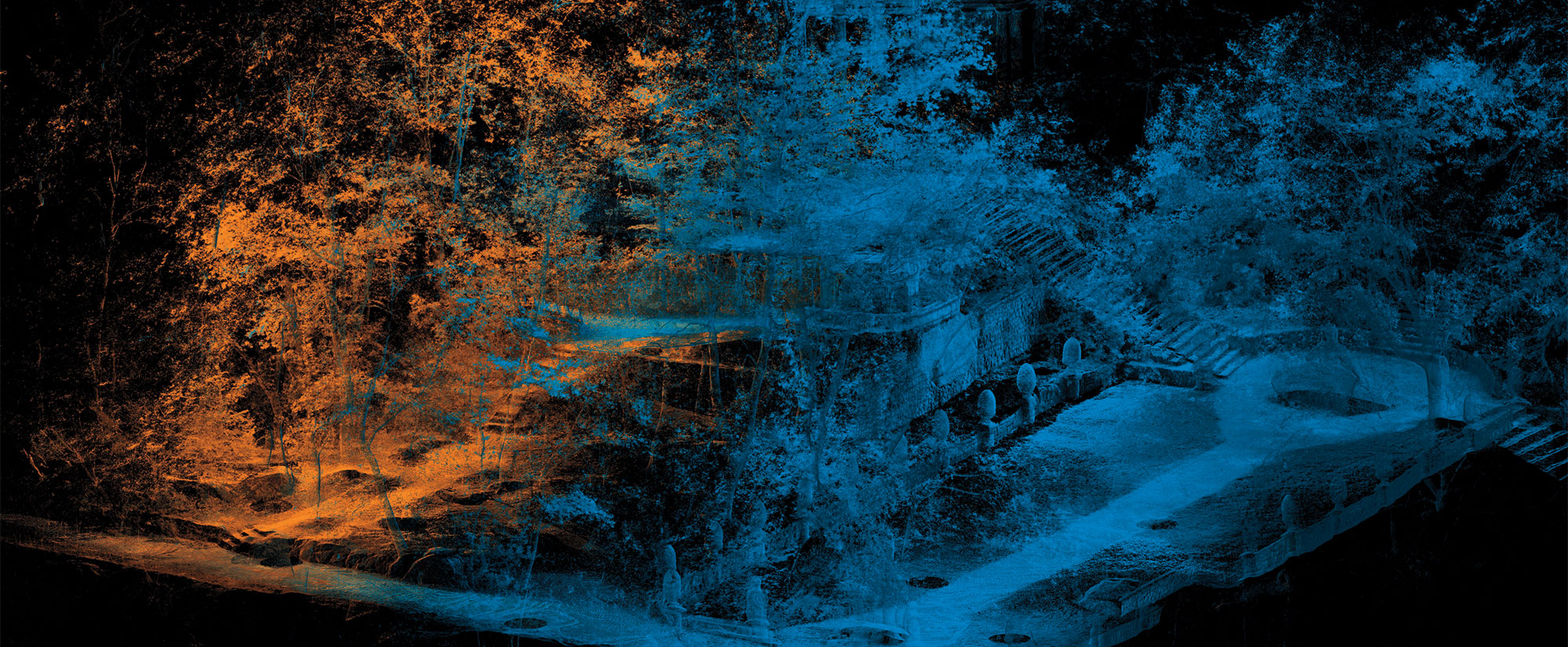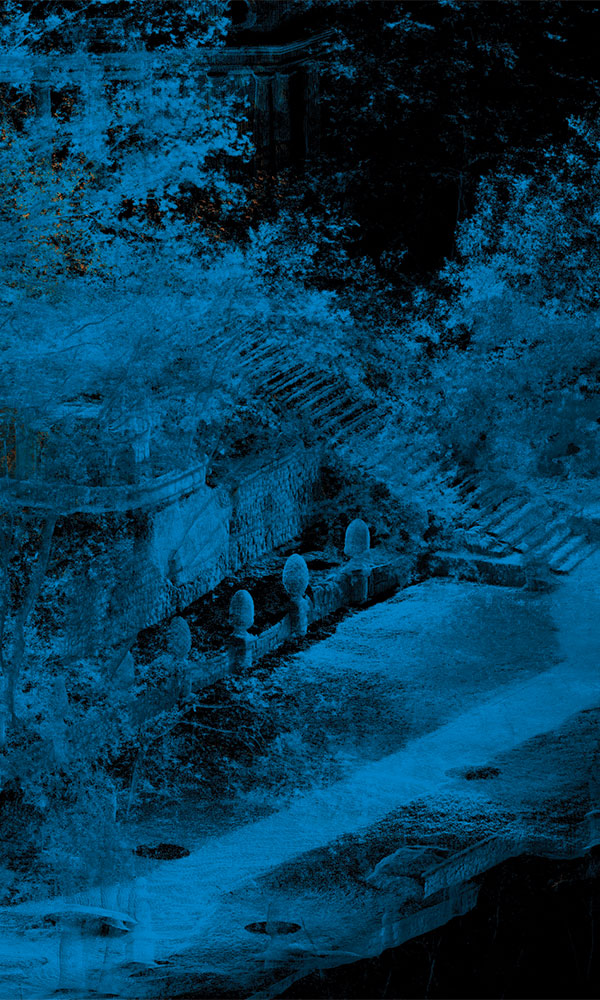LAKE TITICACA, PERU—The switch to agricultural rather than hunter-gatherer-based societies is one of the most pivotal moments in the history of humankind. Archaeologists have long thought that this transition may have been influenced by hardships, as communities began relying more heavily on domesticated crops due to increasing population and diminished wild resources. However, according to a statement released by the Public Library of Science, new evidence from Peru's Altiplano region suggests that this was not the case there. Researchers recently examined the diets of 16 individuals buried at the sites of Kaillachuro and Jiskairumoko between 5,000 and 3,000 years ago, during the transitional period from foraging to farming. By analyzing isotopic signatures, the team determined that the diets of the inhabitants consisted of about 84 percent plant material, with a smaller proportion made up of meat from large mammals. This remained consistent over thousands of years, in both earlier foraging and later farming communities, seemingly dispelling myths that the eventual switch to agriculture was driven by necessity and crisis. “Our findings demonstrate, instead, that in the Altiplano, it was a process marked by stability and food sufficiency sustained for thousands of years,” said researcher Luisa Hinostroza. “These results constitute crucial evidence revealing the capacity of Andean societies to efficiently manage their resources and maintain long-term stability.” Read the original scholarly article about this research in PLOS ONE. To read about how hunter-gatherers thrived for 13,000 years in the southern reaches of South America, go to "Letter from Patagonia: Surviving a Windswept Land."
Ancient Andeans' Shift to Agriculture Wasn't Fueled by Need
News July 2, 2025
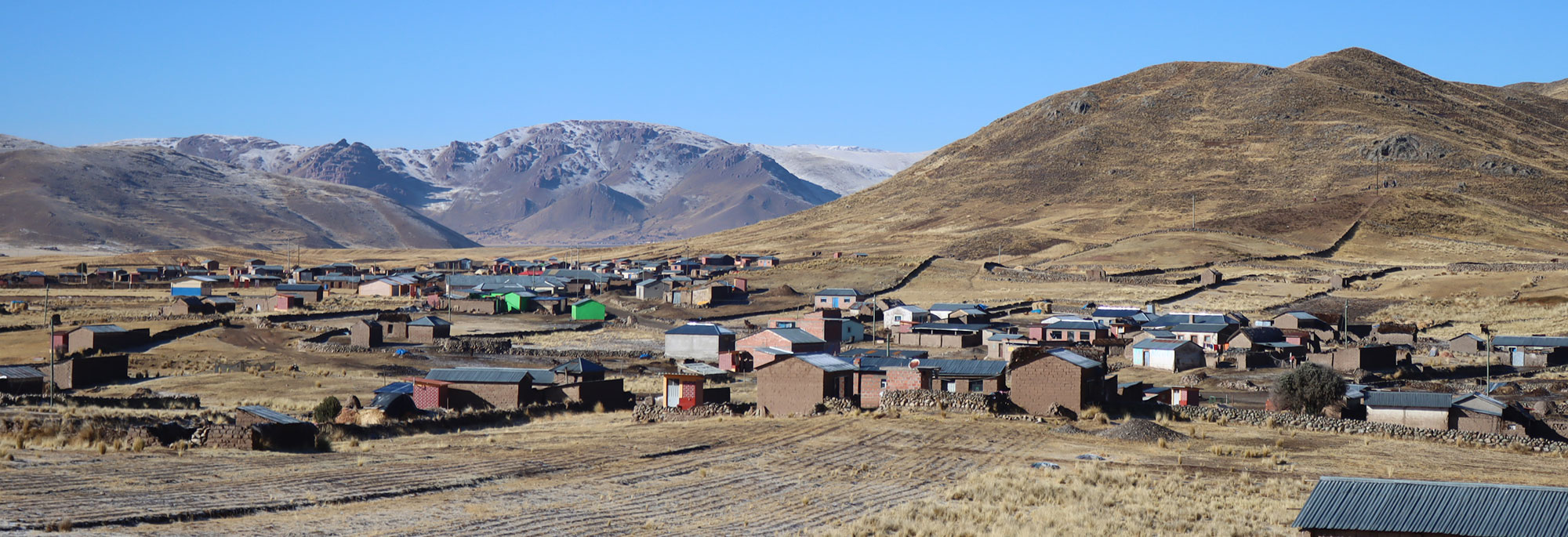
Recommended Articles
Off the Grid July/August 2025
Vichama, Peru
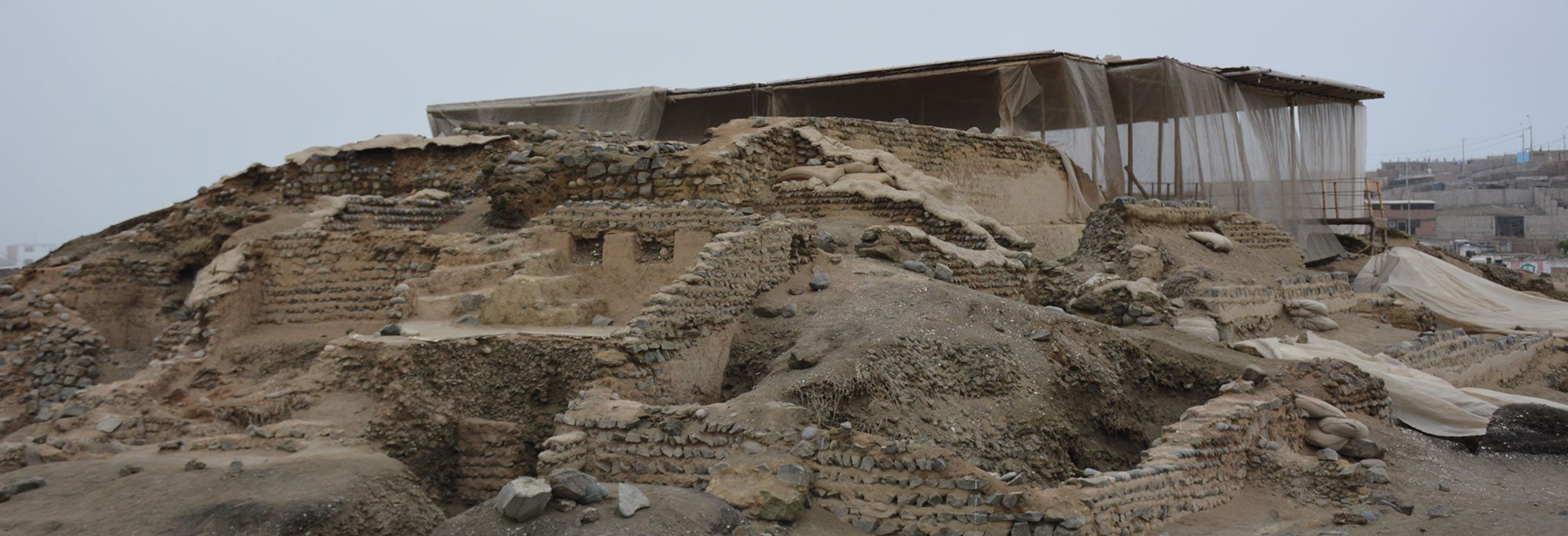
Digs & Discoveries July/August 2025
Under the Skin

Features May/June 2025
Peru’s Timeless Threads
More than 1,000 years ago, master weavers kept the ancient traditions of the Moche culture alive
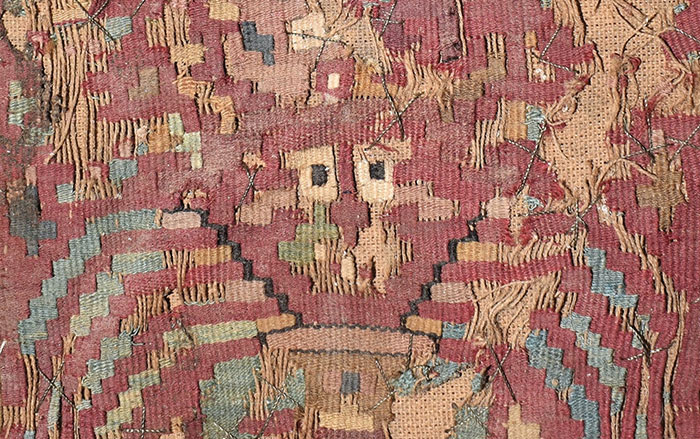
Digs & Discoveries January/February 2025
Nazca Ghost Glyphs
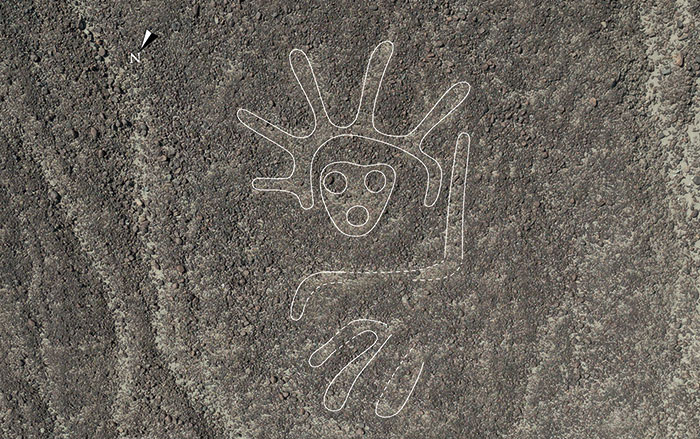
-
Features July/August 2025
Setting Sail for Valhalla
Vikings staged elaborate spectacles to usher their rulers into the afterlife
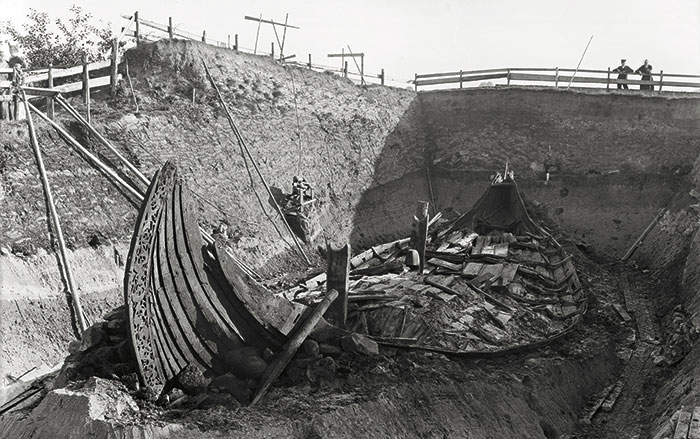 Museum of the Viking Age, University of Oslo
Museum of the Viking Age, University of Oslo -
Features July/August 2025
The Home of the Weather God
In northern Anatolia, archaeologists have discovered the source of Hittite royal power
 Tolga İldun
Tolga İldun -
Features July/August 2025
In Search of Lost Pharaohs
Anubis Mountain conceals the tombs of an obscure Egyptian dynasty
 Photos by Josef W. Wegner for the Penn Museum
Photos by Josef W. Wegner for the Penn Museum -
Features July/August 2025
Birds of a Feather
Intriguing rock art in the Four Corners reveals how the Basketmaker people drew inspiration from ducks 1,500 years ago
 Courtesy John Pitts
Courtesy John Pitts


